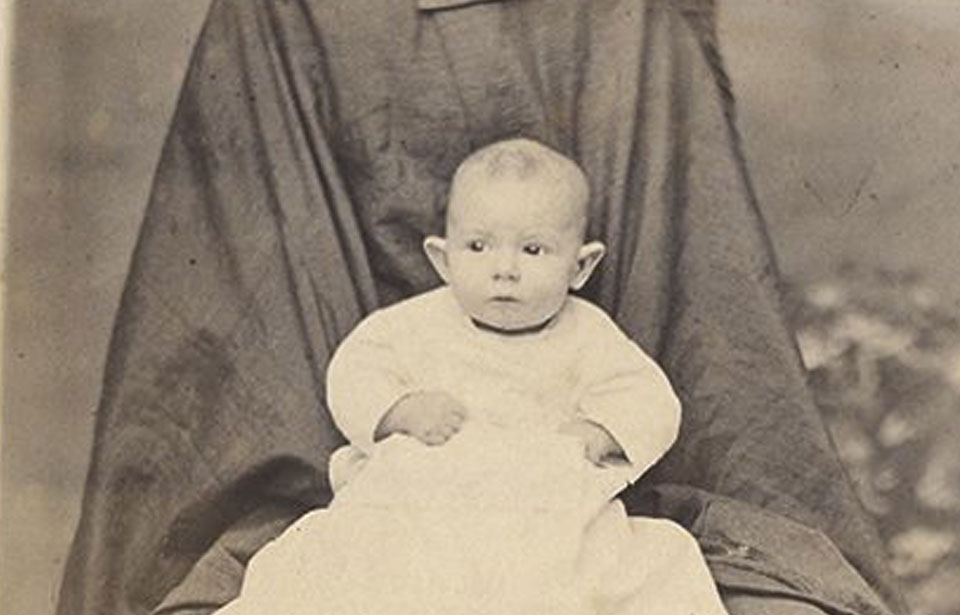During the Victorian era, photography became available as a cheaper and quicker alternative to portraits. It quickly became popular among those who could afford it. With a high mortality rate – especially among the young – families were now able to ensure they had accurate images of their loved ones, come what may.
But anyone taking a close look at photos of Victorian children and babies might notice a strange set of covers or a drape that doesn’t quite seem to sit well with the rest of the picture. Sometimes, the fabric appears to be covering a person.
Who is that figure so frequently seen but not seen in Victorian photographs of children? The answer is not as sinister as you might think.
Daguerreotype
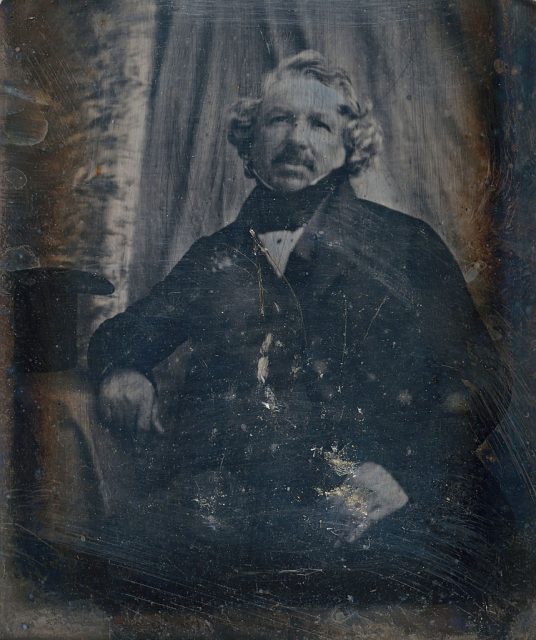
The first form of photograph available to the masses was the daguerreotype. Invented by Louis Daguerre in 1839, it was highly popular in the 1840s and 1850s.
A piece of silver-plated copper was polished until it was as smooth as a mirror, and then light-sensitive chemicals were applied to the surface. This plate was then put into a camera ready for use. The shutter would be opened, exposing the plate to the light for as long as necessary to capture the scene.
The key phrase here is “as long as necessary” because on a bright, sunny day, the plate might need only a few seconds of exposure before the chemicals could capture the image. However, if the subject was in a dimly lit room, the exposure time might need to be anywhere from 30 seconds to a couple of minutes.
This meant that a person might have to keep still for quite a while for a suitable photograph to be taken. That’s tricky enough for an adult, but getting children to sit still for extended periods can be next to impossible, especially if they’re toddlers.
To address this issue, the style of hidden mother photography was invented.
Don’t worry, Mother’s here
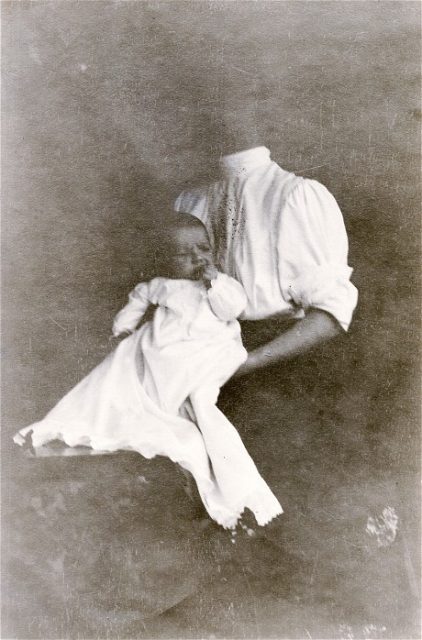
A child was less likely to be fretful if they were sitting on their mother’s lap. However, that would make it a photograph of mother and child, and some people wanted just a picture of the children without any focus on the mother at all. So how were photographers to achieve this result?
The answer they came up with was to have the mother in the picture but disguise her or remove her from the final photograph in some way. Sometimes, it was easy enough just to have the mother standing to one side so that only her arm was showing. Then, with careful framing, the mother could be cut out of the final picture altogether without any need for something fancy. Alternatively, she could be photographed then painted out.
If a mother didn’t even want her hand in the picture, then she might stand to one side and her arm would be covered with a blanket or other fabric. The child would be reassured, but the mother’s arm would just blend into the background.
Enter the hooded figure
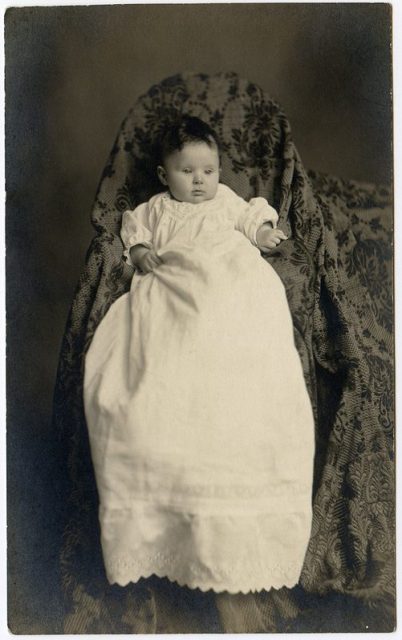
If the child really wouldn’t sit still except on its mother’s lap, then there was no option but to have the mother herself in the picture but concealed somehow. The resulting image could look quite bizarre, depending on the choices made. In some cases, photographers would just put a blanket over the mother’s head but otherwise leave her in the shot. The viewer can see her, but she’s not strictly part of the picture.
Other methods included covering the mother’s top half completely then taking a close-up of the child. The resulting image looked as if the subject was merely sitting against a rather lumpy fabric background. Some photographers went to the effort of trying to make the mother look like a chair, with varying degrees of success.
Some of these images can look downright eerie, but the thinking behind them was both practical and caring.
As the science and technology behind photographs improved, exposure times were reduced. Eventually, they were so low that even a fidgety child did not prove a problem, and the style of the hidden mother faded out in the 1920s.
A resurgence in interest
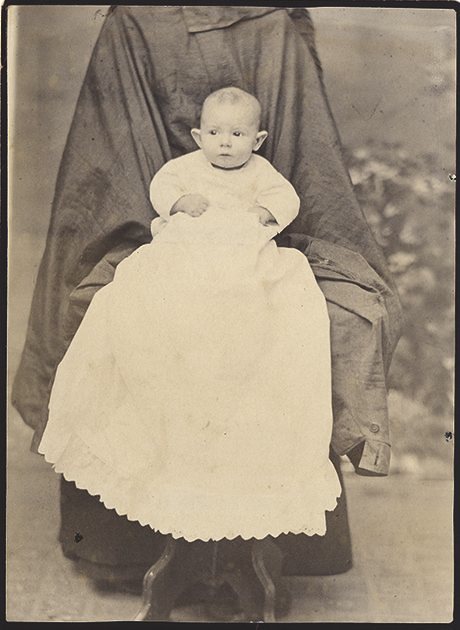
Sometime in the 2010s, public interest in hidden mother photography spiked as various images were shared on the internet. After that, both professional photographers and amateurs started forming collections.
In 2013, Italian-Swedish artist Linda Fregni Nagler collected together 997 photographs that not only went on display at the 55th Venice Biennale, but also appeared in a book entitled The Hidden Mother.
Commenting on the reasons why mothers might go to such lengths not to be in photographs, Nagler said: “The mothers seem to have been aiming to create an intimate bond between the child and the viewer, rather than between themselves and the child.”
Photographer Laura Larson was another person to produce a book dedicated to the hidden mother. After touring with an exhibition of 35 hidden mother photographs in 2014-5, Larson’s book Hidden Mother was published in 2017.
More from us: Some Historical Figures Predate Photography, But Thankfully These Ones Don’t
Hidden Mother interwove Victorian pictures with Larson’s story of adopting her own daughter from Ethiopia. The book was shortlisted for the Paris Photo-Aperture Foundation PhotoBook Award.
